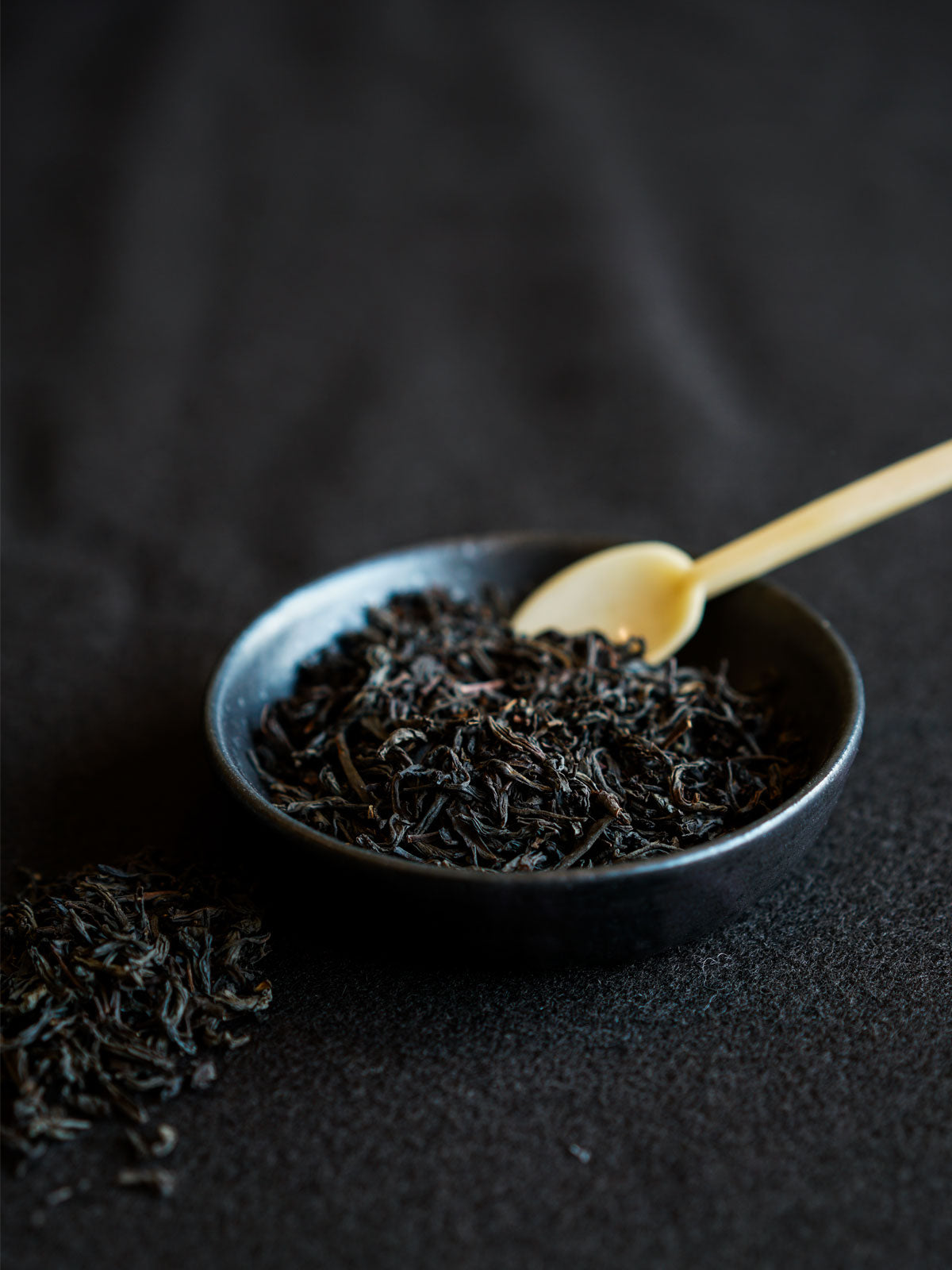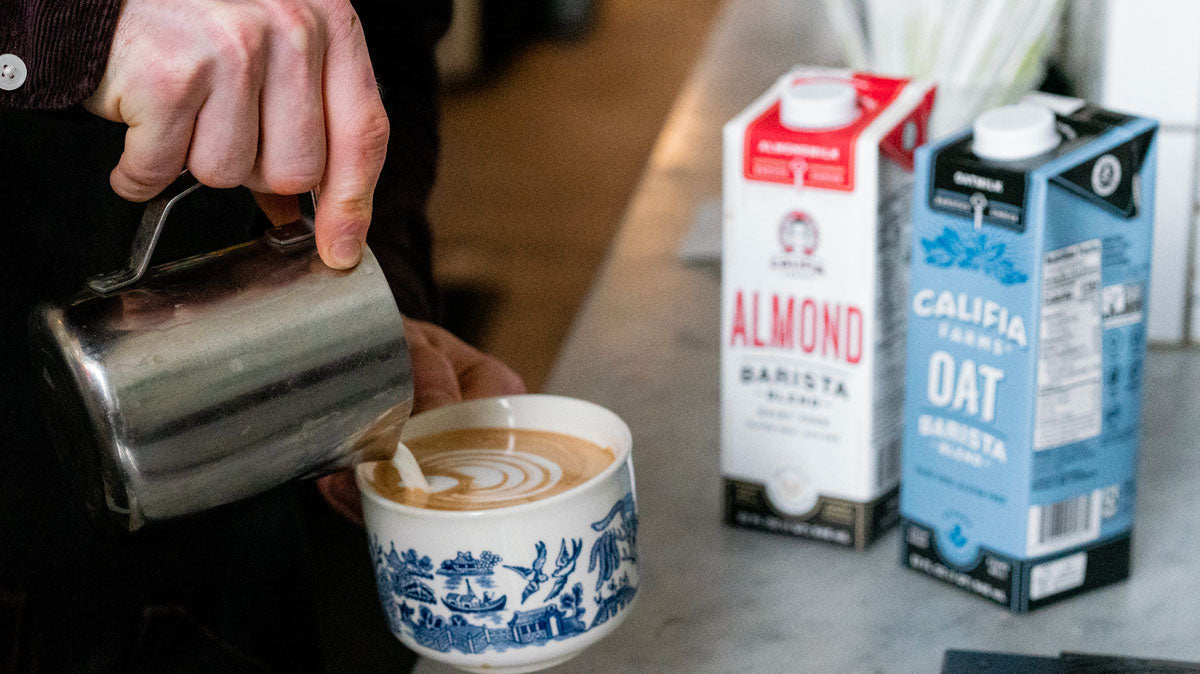When the third wave of coffee came full-crest at our shores, there was a sometimes unspoken rule trending amongst those coffee folk who were, inexplicably, “in the know”: that coffee exhibiting fruitiness, citrus, or a light body was “good”, and that coffee with any hints of chocolate, nuttiness, or a heavy body was “bad.” We can only speculate as to how that rule came into vogue, though it seemed to be based purely on the relative novelty of detecting fruity notes in coffee—a pendulum swing from the sweaty, thick, over-roasted espressos stereotypical of second wave culture.
Just as we made it through the bitter, syrupy second wave, we seem to have (thank god) made it past the spoon-fed trends of third wave, as well. As Sprudge so perfectly illustrated, New Wave coffee is here—”more accessible, more public-facing, and less focused on [being a] coffee cool kid’s club.” This means many things, not the least of which is putting the spotlight back on coffee origins that have been largely ignored by specialty markets. Coffee origins like Mexico.

Mexican coffee in the spotlight
2017’s World Of Coffee event in Budapest made Mexico its Portrait Company, an honor that celebrates the legacy of the origin and furthers the reach of coffee producers there. Mexican coffee isn’t new now, nor was it then. It’s one of the top ten coffee-producing countries worldwide. However, the small-holder farms that make up the majority of the country’s production have faced challenges in the past decade that have made it tough to bust into specialty markets. Before that, the history of struggle as it pertains to Mexican coffee stretches far back to the Spanish colonialism that originally brought the plants over. What’s that one Kelly Clarkson song, though? The one about things that don’t kill you? Oh yeah, they make you stronger. Through hurdles old and new, Mexican coffee is determined to triumph.
Coffee's arrival in Mexico
There’s little good that can be spoken of the immediate effects of Spanish colonialism in Mexico. Hernan Cortes got there around 1519 and set about Conquistadoring until the Aztec Empire fell, tearing indigenous families apart and painting them as barbarians to the rest of the world. It’s—*sigh*—a whole, old-news, European Colonialism-ruining-the-party type thing. They did, however, bring coffee plants from Cuba and the Dominican Republic. By the mid-1800s, the crop had married quite nicely with Mexico’s climate, and the export of Mexican coffee took flight. Most of the wealthy European-run coffee plantations of the late 19th century came about due to the municipal registration and sale of previously indigenous land. The indigenous people who lived there were soon made indentured servants on these plantations. The Mexican Revolution brought about change for the autonomy of indigenous coffee farmers, though in the form of Agrarian Reform and thousands of land grants. Fast forward through the formation of the National Coffee Institue of Mexico in the 1970’s, the nearly 900% increase in coffee production, and the 1990’s organization of social groups to fight for workers’ rights and land distribution in Oaxaca and Chiapas, and we’re smack in the present, where Mexico firmly holds a seat as a major player in the world’s coffee exports.

The la roya disaster
Political and social tension isn’t the only challenge that coffee producers face, however. Over the last decade, Mexico has seen traumatic economic and agricultural barriers as well. In 2014, la roya—or coffee rust—hit Mexican crops. Coffee rust is a fungal disease that causes low yields from the affected plants, eventually resulting in the death of the plant, typically within the span of 15 days. It was a detrimental plague for well-established farms and farmers, causing many to give up coffee farming altogether. Mexican officials called it “the worst crisis ever to hit the Mexican coffee industry.” After that first wave of la roya, the country’s production saw a significant dip. “A healthy Mexican coffee industry can produce about 6 million 60kg bags per year”, Sustainable Harvest reported, “production sank to 2.8 million bags in 2015.” The economy took a hit, too, both at a large scale—remember, coffee is a *major* export of Mexico—and a small scale, driving workers and farmers alike to search for other ways to feed their families. Thankfully, the Mexican government and social organizations saw the need for change. The government branch SAGARPA launched their Integrated Plan in 2015, rededicating themselves to sustainability and investing $70 million in coffee producers in 2016 alone. Groups like Triunfo Verde distributed disease-resistant coffees and educated on “soil-management and other best practices.”
Mexican coffee resurgence
Broken things don’t heal in a day. It’s only been half a decade since the la roya disaster in Mexico, but progress is underway. Production is on the uptick, rising about ~1 million bags each year, and FTO co-ops with inherent participation are priming the specialty markets for a resurgence, producing higher and higher quality that will fetch bigger margins for the crop. Last year, Cafe Imports reported coffees cupping at 87/88 points on the 100 point specialty scale—a huge improvement from the average 80 points seen around mid-decade.
Mexican coffee is worth its salt, and not just because it’s been through the wringer. Truly, I’m drinking some *right now*, and even at its room temperature state, it’s sweet, tangy, and chocolatey. It’s up to us—consumers, baristas, roasters—to keep drinking, serving, and roasting Mexican coffee. All we have to do is our part, which is, of course, enjoying the excellent coffees coming out of Mexico.
Written by Angie Thompson
Sources
https://sprudge.com/forget-the-fourth-wave-this-is-coffees-new-wave-91908.html
https://www.cafeimports.com/australia/blog/2019/06/25/mexico-harvest-report-2019/
https://www.perfectdailygrind.com/2017/02/meet-people-spreading-specialty-production-mexico/
https://www.sustainableharvest.com/blog/chiapas-a-resurgence-in-mexican-coffeehttps://equalexchange.coop/history-of-coffee-in-mexico













